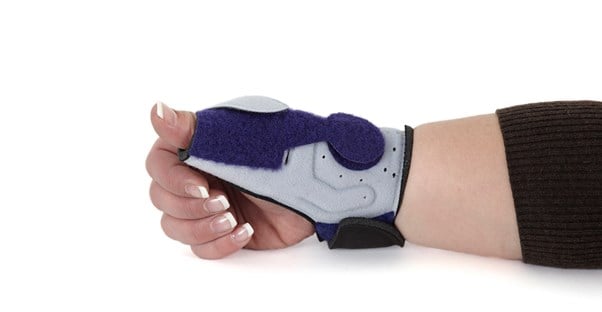According to the New York Times, approximately 2% of men and 3% of women will be treated for carpal tunnel syndrome at some point in their lives. Additionally, many more suffer from carpal tunnel syndrome and go undiagnosed and untreated. Learn more about carpal tunnel syndrome and its various treatment options to avoid becoming one of the latter cases.
What is carpal tunnel syndrome?
Carpal tunnel syndrome is a medical condition that affects you when the median nerve of your hand becomes squeezed or pinched at the wrist, causing chronic pain. The carpal tunnel, a narrow section of bones and ligaments at the base of your hand, is where the median nerve is located. In addition to pain, a carpal tunnel patient may also experience numbness, strange sensations, or weakness in the wrist and hand. Often, the pain may go up the entire arm.
Who suffers from carpal tunnel syndrome?
Carpal tunnel syndrome is most commonly found in people who use their wrists for repetitive actions. These people often include secretaries, typists, or individuals who are on computers a great deal. However, other causes may include injury to the wrist or the fact that the carpal tunnel is just too small for the tendons and median nerve.
How is carpal tunnel treated?
There are a few different treatment options for carpal tunnel syndrome, depending on the severity of the problem and if you want a surgical or nonsurgical treatment. If you’re in the beginning stages of carpal tunnel syndrome, you may get relief from heat or exercise. However, seeking medical treatment early can help give you quicker relief. Here are some of the various treatment options.
- Medication – Your doctor may prescribe nonsteroidal anti-inflammatory drugs for pain, oral diuretics for swelling, or corticosteroid injections for immediate pain.
- Exercise – You may find that physical therapist-assisted exercises can help relieve the pain and strengthen the muscles in the hand.
- Alternative treatments – Some patients find relief through yoga, acupuncture, or chiropractic care.
- Surgery – If your carpal tunnel syndrome is severe, you may opt for surgery as your best option. Carpal tunnel surgery may be open-release surgery or endoscopic surgery. A high-tech, endoscopic surgery offers less postoperative discomfort and a faster healing period.
What medical professionals treat carpal tunnel syndrome?
In many cases, your family physician is the one who may diagnose your carpal tunnel syndrome. Because it’s so common today, it’s often the first thing physicians suspect when a patient seeks treatment for a sore wrist. Although a family doctor may initiate some home-based treatment for mild symptoms or prescribe medication, you’ll probably be referred to a specialist for treatment.
The type of medical professional you’ll see will generally depend on the type of treatment you seek. You may see an orthopedic surgeon, a physical therapist, occupational therapist, hand surgeon, or a specialist who deals with poor equipment ergonomics, which can contribute to carpal tunnel syndrome.
What are the success rates for these treatments?
Although some patients have a recurrence of carpal tunnel syndrome, the success rate for carpal tunnel syndrome treatment is quite positive when you have surgery or therapy. Much has to do with the severity of your carpal tunnel and the type of treatment you or your doctor choose.




